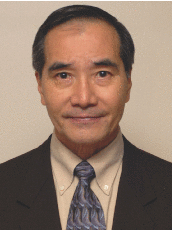|
The impact factor of JM3 dropped 56% from 1.22 to 0.54 in 2009! What a shock to an editor who has paid a lot of attention to the quality of JM3 publications. It must also have been a big surprise to our authors and readers. Although the impact factor may be less a direct indication of quality and more an indicator of the popularity of a given subject, the JM3 impact factor has been fluctuating between 0.99 and 1.39 since it was first available in 2005. What suddenly changed in 2009? Was there an unforeseeable drop in the quality of review or of the published articles? The editorial board and the reviewers worked as diligently as before. There was only a small turnover of the editorial board due to the normal ending of terms. Our acceptance rate stayed the same. Was the journal less used? The number of downloads increased by 26% from 2008 to 2009. So, the decline in impact factor was puzzling. Upon further examination we discovered that many optics-related journals had a drop in impact factor in 2009. Was there also a drop in quality in all these journals? I would guess not. We finally learned that citations to journal articles in SPIE proceedings were not used in the calculation of the 2009 impact factors. Because SPIE proceedings papers frequently cite JM3, as well as other journals in the field of optics, the drop in impact factor followed accordingly. Although the citations will be restored for next year's impact factor, it is an unfortunate situation for all the optics journals. However, please be assured that the quality of JM3 has not been compromised. We will continue to improve the quality of our publications. Most important, we urge our devoted authors to continue to submit their valuable work to JM3. A statement from SPIE concerning the 2009 impact factors is provided below.
Questions about this matter may be directed to Eric Pepper, SPIE Director of Publications, at eric@spie.org.
Happy reading! Happy submitting! |
Iterated function systems


